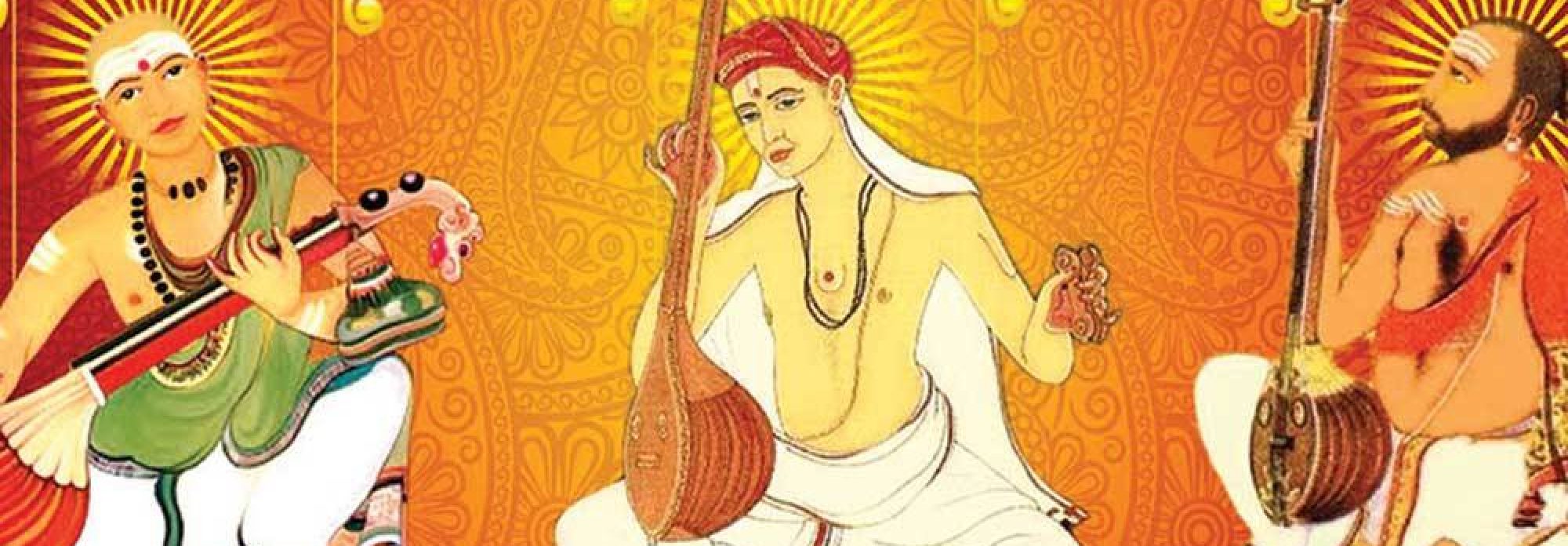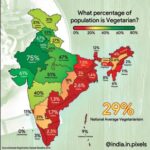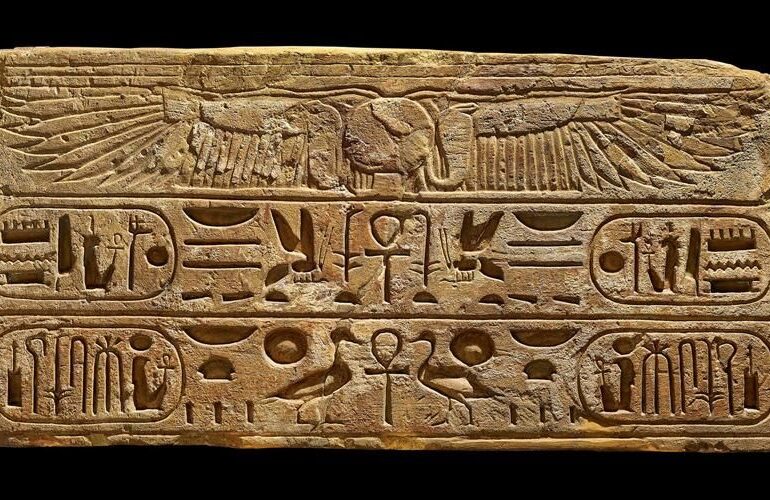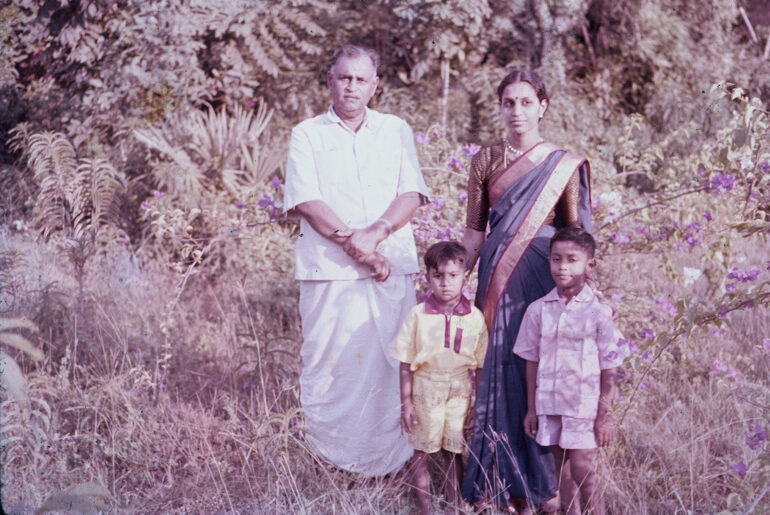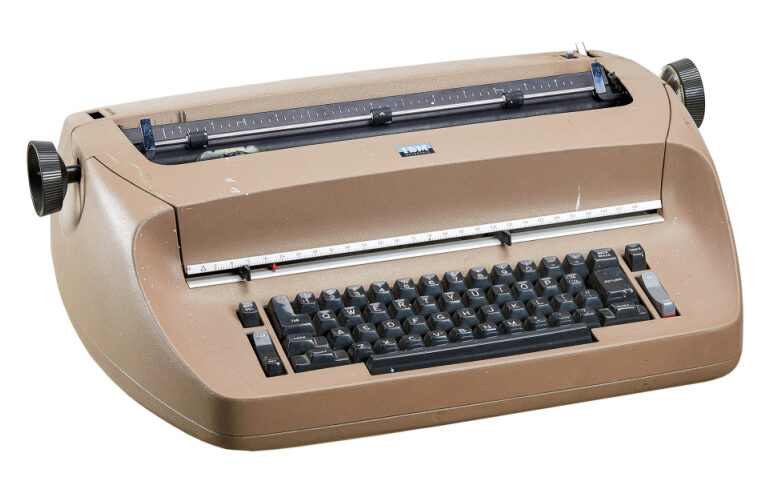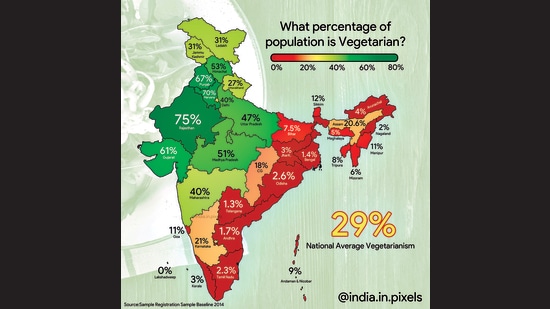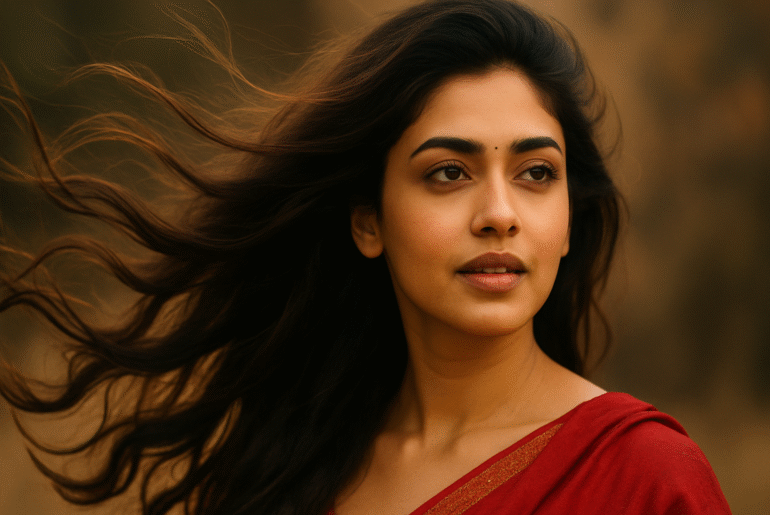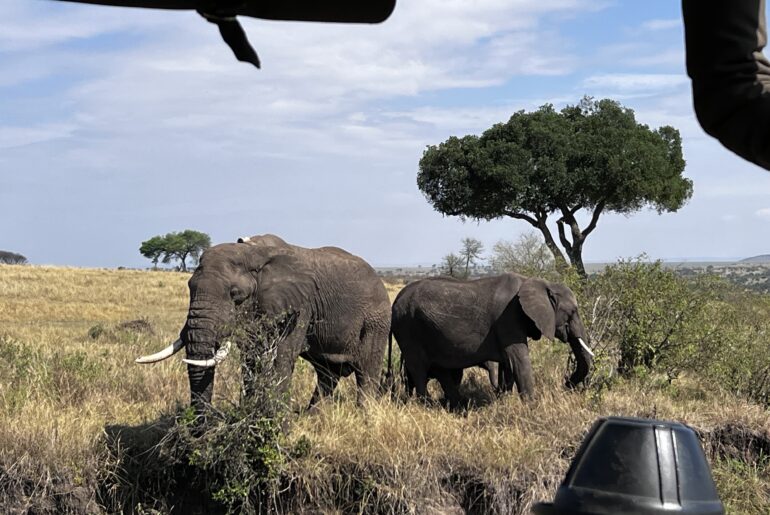There’s something profoundly ironic about my relationship with Carnatic music. Here I am, a man who can’t hold a tune to save his life, yet I find myself utterly enchanted by the intricate, yet unfathomable melodic structures and haunting beauty of this ancient art form. It’s like being deeply in love with someone completely out of your league—you know you’ll never truly possess them, but you can’t help but be mesmerized from afar.
This contradiction hits me every time I watch Pooja and Surekha effortlessly pick up a song they have just heard. On paper, we are all the products of some form of formal training—Pooja has been trained by the amazing Asha Ramesh, Surekha was trained as a kid, and I officially had eight years of formal lessons from age 7 to 15. But, despite Pooja’s valiant efforts, we’ve all concluded that the best that I can do is sit there in complete awe knowing that if I tried to join in, I’d sound like a broken synthesizer.
The science of my musical limitation
This inability has always irked me. So, as is my wont, I researched why some people are “tone deaf.” I was amused to learn that I am in that 4% of the population that suffers from congenital amusia—commonly known as “tone deafness.” The hallmark of congenital amusia is a deficit in fine-grained pitch discrimination. In amusic families, 39% of first-degree relatives have the same cognitive disorder, whereas only 3% have it in the control families. And, if you hang around with my family, I promise you that you will not be surprised 😉
Reading this research felt like finally getting a diagnosis for a lifelong mystery. Suddenly, I had to wonder: was my musical ineptitude written in my DNA? Had I been fighting a losing battle against genetics all those years when my music teachers patiently tried to teach me? Or, looking back, since spontaneous music did not waft through the corridors of our home, did I treat it as another language class—a category that I sucked at and disregarded as “unimportant”? Did my inattentiveness result in my missing some of the core concepts like gamakas—those subtle ornamental notes that give Carnatic music its distinctive character. Perhaps it was my typical engineer’s approach: focus on the mechanics, miss the soul.
The awakening: Lalgudi Jayaraman and “The Dance of Sound” and Shakti and its albums (Shakti, A Handful of Beauty, Natural Elements)
1978-79 was a pivotal period in my music life. It was when my inattention transformed into genuine appreciation thanks to my father’s return from an international trip with a record player. And my uncle acquired a few LPs that would become the soundtracks to music taste and my IIT JEE preparation: “The Dance of Sound (Thillānās)” by Lalgudi G. Jayaraman and Shakti’s eponymic album Shakti (not to mention A Handful of Beauty, and Natural Elements by the iconic band).
The Dance of Sound was a unique album featuring thillanas (fast-paced, rhythmically intricate Carnatic music compositions) backed by a Bollywood orchestra. As one reviewer noted: “A bonafide Indian classical record but with a Bollywood orchestra backing up several of the tracks. (Where else will you hear trumpets backing up on a violin playing a raga?)” The album features thillanas in several ragas (including “Mohana Kalyani” and “Desh”)—most of which remain favorites of mine to this day.
Along with this Lalgudi masterpiece, my uncle had also acquired Shakti’s albums, which opened up an entirely different musical universe. The groundbreaking Shakti albums fused north India and south India, east and west, ragas and jazz—John McLaughlin’s acoustic guitar (specifically designed to sound like a sitar) played jazz while L Shankar rendered essentially Indian ragas on the violin. To my untrained ear, the elements of exploration were obvious, if indecipherable.
Recall that I had no way of knowing that every one of these folks was a maestro that my uncle had carefully curated for me. (Lucky me!) All that I recall is falling in love with the violin (perhaps because it was a continuous note vs a guitar or a veena which are strummed), with the crispness of the bowing (in Lalgudi’s case, his “singing violin” which I later learned is called the “Lalgudi bani“), and the exotic appeal of the Hindustani ragas. You can say that I was smitten. For the two months I studied intensely for my IIT JEE, these LPs played non-stop. Mohana Kalyani and Desh, both supposedly intended to be played late at night, spoke to my shifted biorhythm. I was convinced that whether or not I got into IIT, life was blissful!
The digital revolution: COVID and musical renaissance
The COVID-19 pandemic dramatically accelerated digital transformation in music. While live concerts were cancelled worldwide, streaming platforms suddenly shouldered additional responsibility as artists increasingly poured their energy in digital platforms to keep expressing themselves and tried to make a living.
I (and billions like me) was a direct beneficiary. Instead of scouring every CD store I could visit, music became easily discoverable. It came to me on my computer, phone and tablet. It came whenever it wanted to.
My digital musical journey
The ascendancy of YouTube and Spotify completely transformed my listening habits. Today, I explore newer artists—Abby V, Sooryagayathri, Rahul Vellal, Bhargavi Venkatram, Kavya Ajit, Rahul Deshpande, Karthik Iyer, Shantanu Moitra, Arjit Singh, and the maestro A. R. Rahman to name a few. I’ve discovered collaborative efforts like Shankar Tucker’s mesmerizing one-man band, Berkeley Indian Ensemble’s academic fusion, Agam’s progressive rock interpretations, Coke Studio’s crossover attempts (in Pakistan and India), and IndianRaga’s global collaborative model. (Speaking of eclectic tastes, Coldplay is now on my list, thanks to the infamous “Kiss Cam” scandal!)
As I’ve journeyed from the warm analog sound of that original Lalgudi LP to today’s streaming platforms, I’ve happily traded the acoustic richness of an LP or a DVD for the random explorations these platforms make possible. Where else could I discover a young Chennai vocalist experimenting with jazz harmonies in a Carnatic framework while working at 2 AM in California and listen to their work on my bookshelf speakers?
The democratization of creation
Shankar Tucker is a wonderful example of youngsters who have used cheaper (relatively speaking, I am sure!) audio equipment as well as dramatically better and accessible tools like GarageBand to unleash their creativity.
With near-zero distribution costs, innovators like Kuldeep Pai could launch entire movements from Madras starting in 2015, inspiring an army of young musicians. Shankar Tucker could captivate worldwide audiences, and artists like Abby V could reach music’s highest echelons with remarkable speed.
Accepting my musical destiny
After several failed attempts at musical expression—including a serious attempt by Pooja to train me (“How hard can it be, Dad?”)—I came to terms with a fundamental truth: I would never be a musician. This wasn’t giving up; it was liberation. I realized I was best suited to be what the music world needs just as much as performers: a passionate listener. This acceptance was freeing. I could just chill and enjoy whatever happened to be playing—Hindusthani, Bollywood, jazz, or rock. In essence, I became what every artist needs—an (un)educated but enthusiastic audience member.The beautiful irony
Looking over the horizon, I am sure that digital platforms and AI will make it easier for me to find gifted artists. Streaming algorithms that curate discoveries, AI tools (remember Shazam?) that map songs by analyzing complex patterns, Virtual Reality (VR) and Augmented Reality (AR) that will change the music listening experience—creating hyperpersonalized listening experiences, virtual group listening experiences that mimic attending a concert with friends, and replicating Amar Bose’s design principle that speakers should recreate the spaciousness and emotional impact of live music, and global connectivity that brings concerts from around the world to my California home.
Technology has been the great enabler and equalizer in my journey. As an undergrad at IITM, I built my own music system with the help of my good friend Ashok Chandy. While it sounded awesome at that time, the lovely amp and speakers I now own make the music richer. Similarly, while I am reconciled to the idea that I’ll never sing a proper alaapana or play violin like Lalgudi Jayaraman or L Shankar, technology lets me access more music and discover more artists than ever before—making my musical disability less of a barrier and the experiences more enjoyable.
As I reflect on this strange love affair, I’m struck by the beautiful irony. My inability to create music has made me a happier listener. My failed attempts have deepened my appreciation for those who succeed. My genetic predisposition to musical mediocrity has paradoxically led to a lifetime of musical passion.
Perhaps that’s music’s most beautiful aspect: it doesn’t require you to be a creator to be a participant. As a regular listener, I enjoy Pooja’s a capella performances, Surekha’s impromptu song snippets, and the efforts of myriad musicians who keep me humming. For that, I am eternally grateful to my father, uncle, Lalgudi, Shakti, these musicians, and my wife and daughter.

